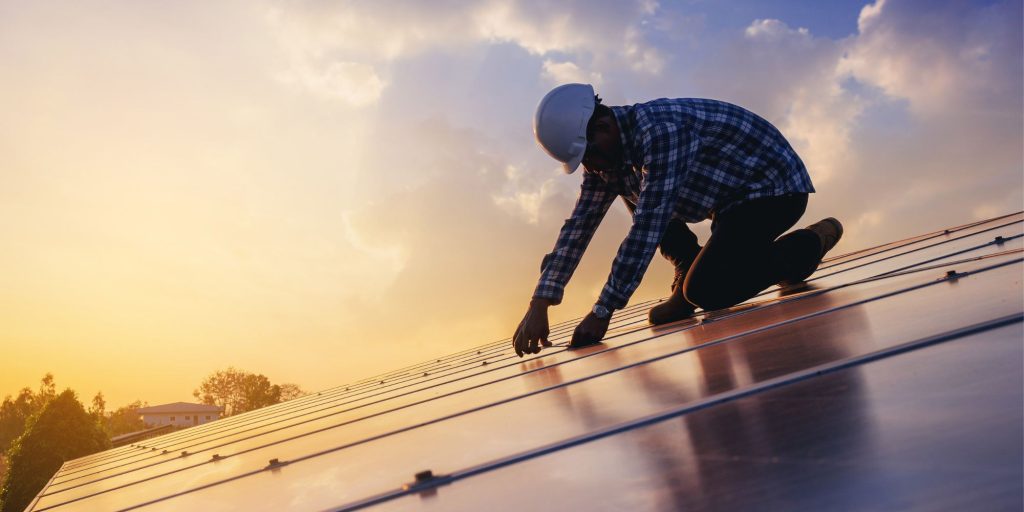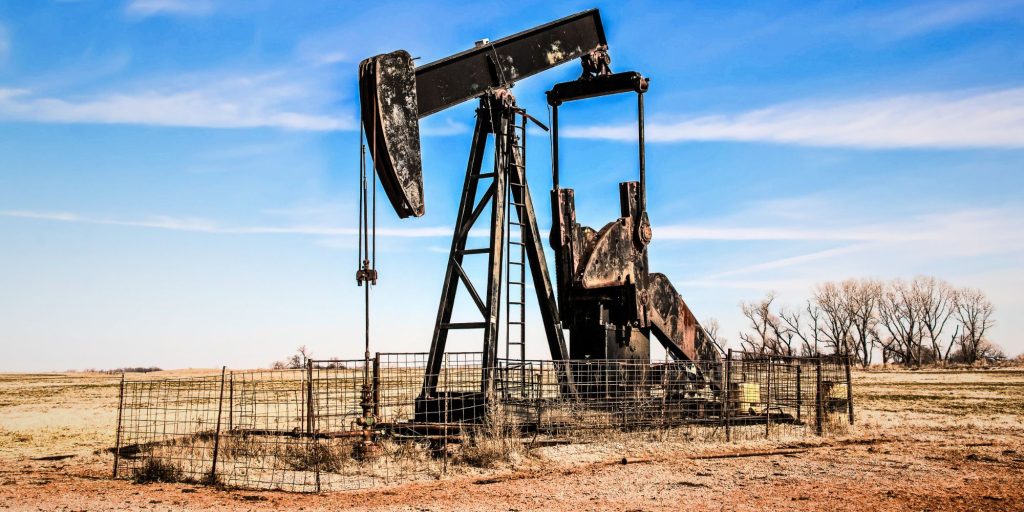After decades of grassroots organizing, BLM’s new oil and gas bonding standards will help ensure taxpayers and frontline communities no longer have to suffer from the environmental impacts of abandoned wells or pay for well cleanup.
In the first significant update to the federal oil and gas bonding program in over 60 years, the Bureau of Land Management (BLM) finalized their Onshore Leasing Rule on April 12th, 2024. While this rule contained other important updates, WORC members have focused on the bonding updates, which will affect residents of the rural West, especially in our oilfield communities.
“At last with the release of the finalized rule, BLM has taken the common-sense step to ensure that oil and gas operators shoulder the fiscal responsibility that was theirs in the first place,” said Dr. Barbara Vasquez, WORC Vice Chair and Western Colorado Alliance member from Cowdrey, Colorado. “These rules will help solve the orphaned well crisis that has been spiraling out of control for decades.”
For more than a half-century, insufficient bond requirements incentivised oil and gas companies to walk away from their cleanup obligations on our public and Tribal lands and minerals, leaving behind a toxic legacy of orphaned wells. Consequently, the burden of cleanup has largely fallen on taxpayers and frontline communities. “I’ve lived here through several boom-and-bust cycles and seen formerly open country transformed into industrial wasteland with unplugged wells, abandoned waste ponds, and no reclamation of roads or drilling sites,” said Maria Katherman, Powder River Basin Resource Council Board Member from Converse County, Wyoming.
Orphaned wells are a significant source of leaking methane, a greenhouse gas 87x more potent than CO2 over a 20-year period as well as volatile organic compounds known to cause cancer and respiratory illnesses. Leaking wells can also contaminate groundwater used for drinking and watering livestock.
“I’ve seen firsthand what happens when developers skip town without cleaning up their mess once drilling is complete, including hospital visits from ingesting leaking methane and concerns about benzene and arsenic in our soil and groundwater,” said Kirk Panasuk, Bainville, Montana, rancher and member of Northern Plains Resource Council.
Keep up to date with grassroots organizing in the West with WORC’s newsletter.
Because bond amounts have been too low for decades, oil and gas companies have profited from the oil extracted, then walked away leaving communities, landowners, and taxpayers to shoulder the negative consequences of unreclaimed sites. “The recently finalized oil and gas bonding and reclamation reforms are a big deal for tribal communities like mine (Fort Berthold Reservation),” said Representative Lisa Finley-DeVille (ND4a), co-founder and VP of Fort Berthold POWER and Dakota Resource Council board member from Mandaree, North Dakota . “These rules will help protect tribal communities like Fort Berthold Reservation from having to pay to clean up big oil’s mess.” The new rule requires operators to post bonds that adequately cover the costs of plugging federal wells and reclaiming the impacted landscapes, as required by the Mineral Leasing Act. Adequate bonding amounts incentivize companies to honor their cleanup obligations or, if they fail to do so, cover the costs ensuring taxpayers or frontline communities aren’t stuck with the bill.
“We are very pleased that executives and shareholders in the oil and gas industry will now pay their fair share instead of offloading the enormous costs of health problems, safety issues, and dangerous lingering pollution to workers, landowners, rural residents, and taxpayers,” said Panasuk. Under the new standards, operators will be required to post bonds that cover the costs of plugging federal wells and restoring the affected areas. The rules will phase out outdated and ineffective nationwide bonds, which allowed companies to cover all their federal wells across the country with bonds as low as $150,000. Instead, operators will now be required to post a minimum bond amount of $500,000 for all their wells in a state, a significant increase from the current $25,000. Additionally, the minimum bond amount for all wells on a single lease will be raised to $150,000, up from $10,000. BLM updated bond amounts after a comprehensive review of actual plugging and reclamation costs, and after an analysis showing that higher bond amounts will not create an undue financial burden for oil and gas operators. The updated bonding program will ensure that operators are incentivized to plug and reclaim the wells and the land disturbed during operation.This puts the financial burden where it belongs, on the oil and gas companies and not on the communities and taxpayers.
The new rules will also implement provisions in the Inflation Reduction Act that expedite the plugging and reclamation of inactive wells, put an end to non-competitive leasing practices, and increase royalties paid to the federal government and shared with states.
The final rule also makes it more difficult for non-compliant companies or “bad actors” to receive new leases by defining a “qualified bidder” and “qualified lessee”. These updates will address the long standing practice of bad actors bidding and holding leases, also known as speculative leasing. This practice did not align with BLM’s multiple use mandate that requires balancing energy development, mining, recreation and other uses on the nation’s public lands.
While the final rule is a ray of hope for residents of western oilfield communities, it may not be the end of the story. WORC members now call on the BLM for quick implementation and enforcement of the new standards. WORC will be following further developments.
Sign up here to get updates on this and other issue campaigns through the WORC Express, our digital newsletter.
Background information:
- Under previous rules, the minimum reclamation bond amounts were just $10,000 for all wells on a single lease, $25,000 for all wells in one state, or $150,000 to cover all wells nationwide.
- Although BLM has the authority to increase bonds over the minimum amounts set in the rules, they seldom do — 82% of bonds are set at minimum amounts.
- According to the BLM’s internal estimates, plugging costs alone typically range from $35,000 to $200,000 per well. Plugging and reclamation costs vary well to well depending on depth, site and well conditions, and other factors. (Proposed rule)
- At least 99.5% of federal wells carry bonds that are insufficient to cover the cost of reclamation.
- As a result, federal wells often remain idle for years or decades before they are declared orphaned and plugged and reclaimed. The Government Accountability Office has identified 5,100 wells that have been idle for seven or more years, including 2,313 that have been idle for more than 25 years. (GAO 11-292)
- According to BLM, in 2021 there were an estimated 16,020 orphaned federal and tribal wells. (BLM Testimony)
- The Inflation Reduction Act allocated $4.7 billion for orphaned well cleanup, including $250 million for federal orphaned wells. (DOI Press Release, 2022)
- Public support for policies requiring oil and gas companies to pay for all the clean-up and land restoration costs after drilling is finished is nearly unanimous — 90% in 2024. (Colorado College Conservation in the West Poll)
Learn more:
When communities speak: The power of rural voices calling for commonsense oil and gas solutions
Westerners Support Reforming Broken Leasing System for Federal Coal, Oil, and Gas
Fort Berthold POWER gets air monitors to detect dangerous oilfield emissions

Yes, I want to help WORC elevate Western voices and hold decision-makers accountable!





